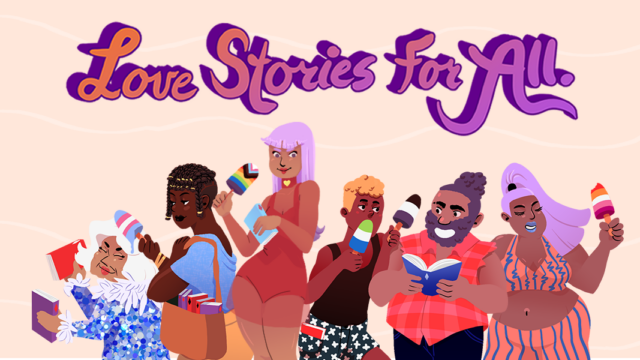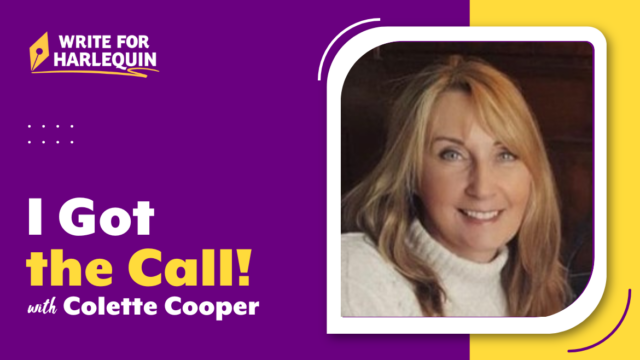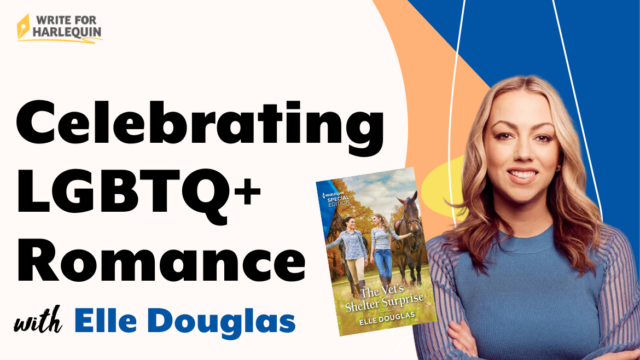Dear Editor,
I know conflict is a necessary part of a story, but when I get rejections I get something like this: “not strong enough” or “won’t carry for the length of the book”. What exactly does this mean? What am I missing when I plot my story?
Also – is external conflict a necessary part of the story too?
Thanks!
Marcie
Hi Marcie,
Thanks for your question! As you say, emotional conflict IS an essential part of any romance – without it, there’s no reason why the couple can’t get together on page 1, which would make for a very short book! Creating a strong enough conflict for your characters is all about selecting an internal battle – something intrinsic to their personalities that your characters have to overcome to get their happy ending – that gives you enough emotional meat to work with for the whole story.
Let’s start with the basics.
These conflicts could be specific personality traits (lack of trust, a guarded heart) or motivations and aspirations. In Pretty Woman it’s not Julia Roberts’ profession that gets in the way – but Richard Gere’s heart of ice that Julia and her fabulous red hair must thaw before they can drive off into the sunset in their in their limo!
Emotional conflict can also occur within a relationship, when a specific emotional situation – unexpected pregnancy, an arranged marriage, a curse or a dangerous situation – provides a further barrier to happiness.
But once you’ve got your conflict, how to make it sustainable and convincing?
Conflicts can range from the heart-breaking (widowed very young; miscarried a baby; emotionally abused growing up) to the circumstantial (being the ‘arty’ one in a ‘sciency’ family; being the ugly duckling) – the world is your oyster! However, rest assured that a ‘strong’ conflict doesn’t always mean a ‘super-dark-and-tragic’ one – in the hands of an expert, even a seemingly insignificant event (being the middle child, for example) can be spun into a powerful, relevant and empathetic issue.
The single best way to bring your conflict to life is to know your hero and heroine inside out – from when they were born to what has shaped each one into the person they are now. It is only through getting into the heads of your characters and fully exploring the emotional implications of their conflict that you can ensure it is sustainable for the whole story.
Outlined below are our top tips to ensuring your conflict can go the distance!
- Grill your characters’ motivations every step of the way – remember that everything they do and say needs to be backed up by a believable, realistic reason.
- Another good exercise to try is deciding what story you would tell if your characters were trapped in one room for the entire book! Think of the emotional journey your hero and heroine would go on without any outside influences. How would you sustain the tension between the couple, build up to the highs and lows, when all they can do is talk to each other?
- Let your characters confide in each other about their emotional issues as they grow closer…and check that this hasn’t ‘solved’ anything. There’s a real difference between opening up about a conflict, and working through it. You’ll want to make sure there are still compelling issues for them to stay apart, even though they’re close enough to share their deepest darkest secrets.
If that’s not all, make sure you check out this video from Senior Executive Editor Joanne Grant for her top tip about creating conflict: https://sold.writeforharlequin.com/2015/02/this-weekends-top-writing-tip/
Finally, a quick word about where external conflict fits into all this…
To be honest, as little as possible! External conflicts – misunderstandings, outside circumstances or a secondary character’s influence – should only be brought in as additional support to the developing romance and plot. Allowing the focus to fall on to theme and plot is a common and easy trap to fall into whereas the strongest editorial comes from character and in turn, emotional exploration.
Marcie, we’re not going to lie, it’s a tough challenge – but no one said this was supposed to be easy! We hope this advice has been helpful, and let us know if you have any more questions. And most of all, best of luck with your next submission!
Happy writing!
The SOLD team



